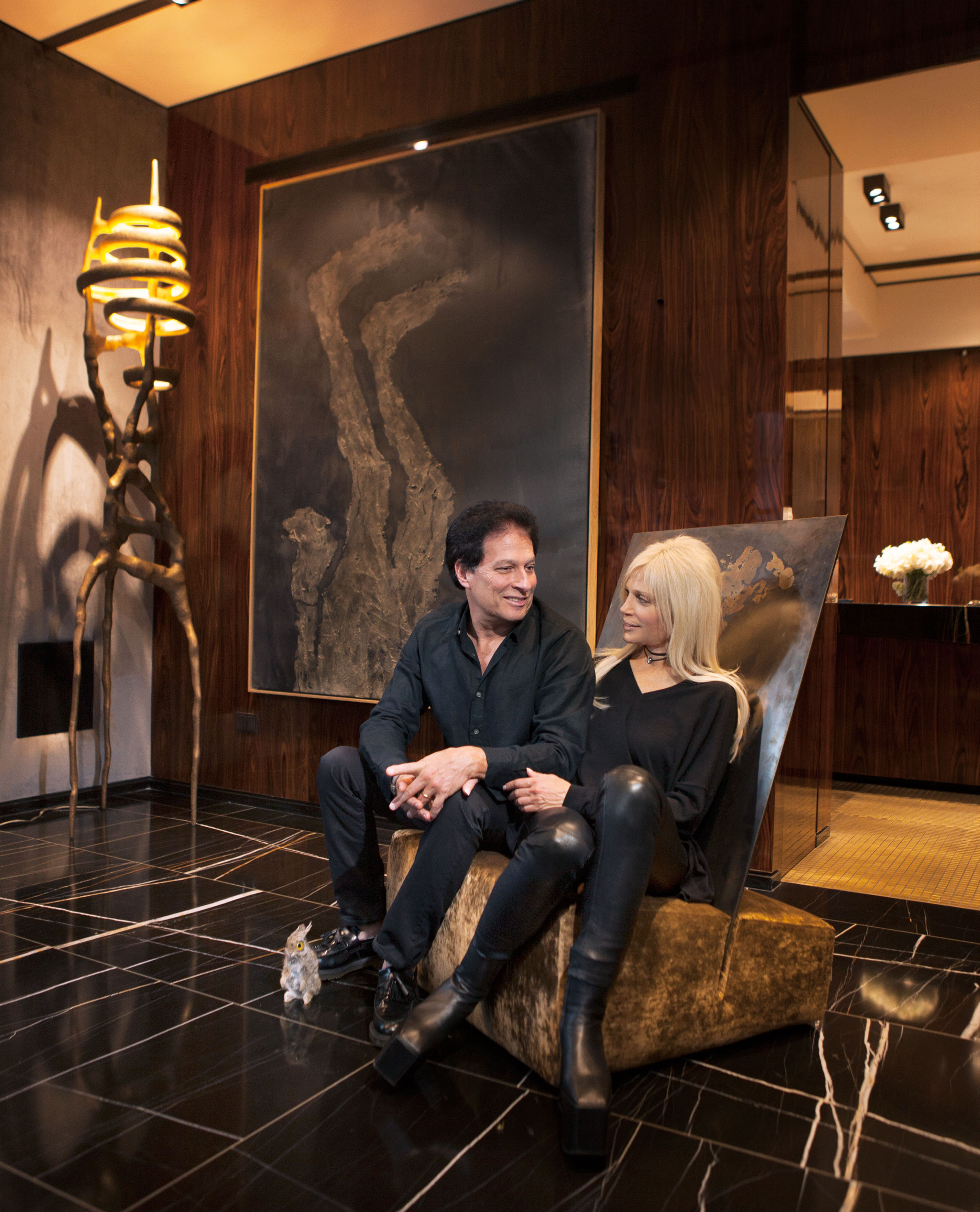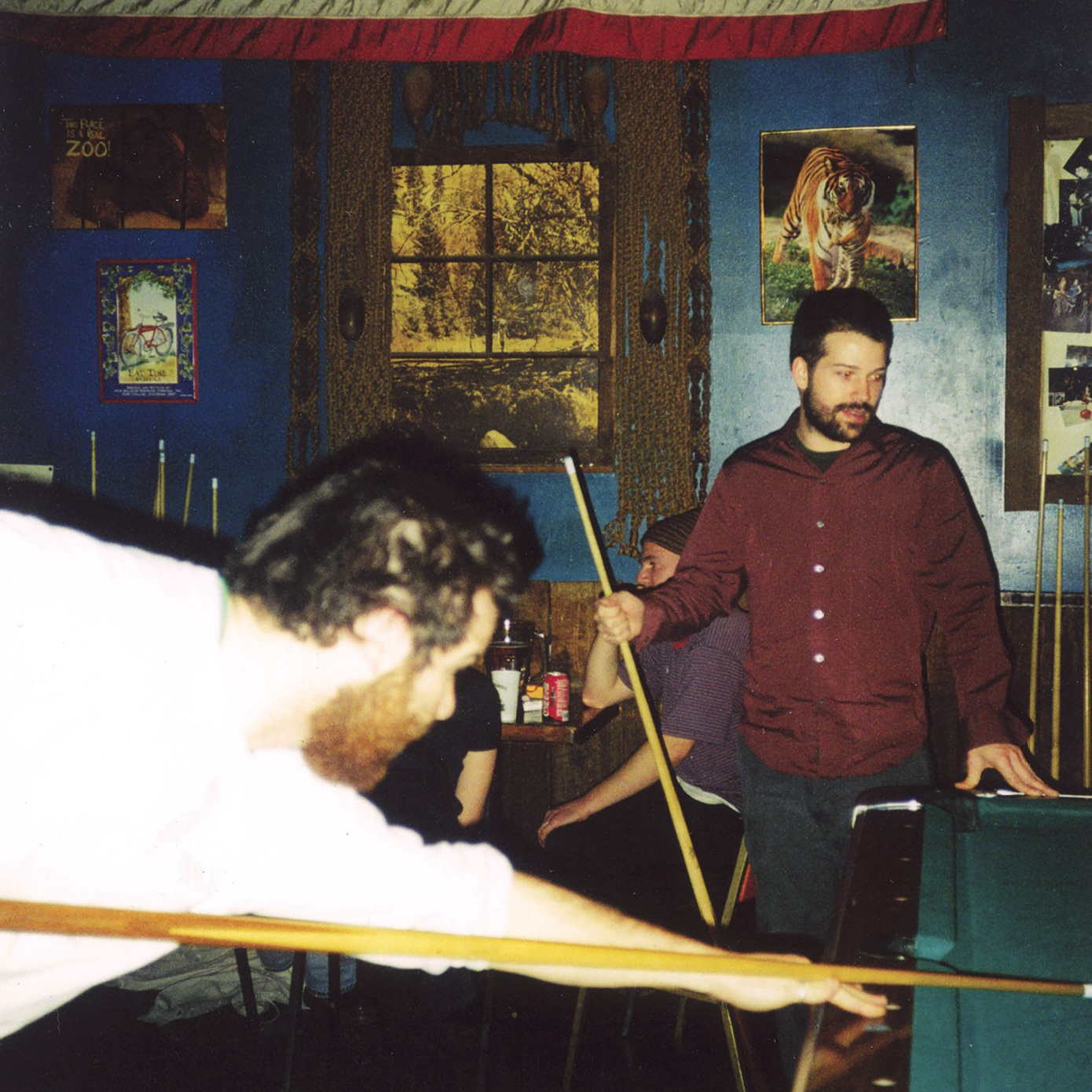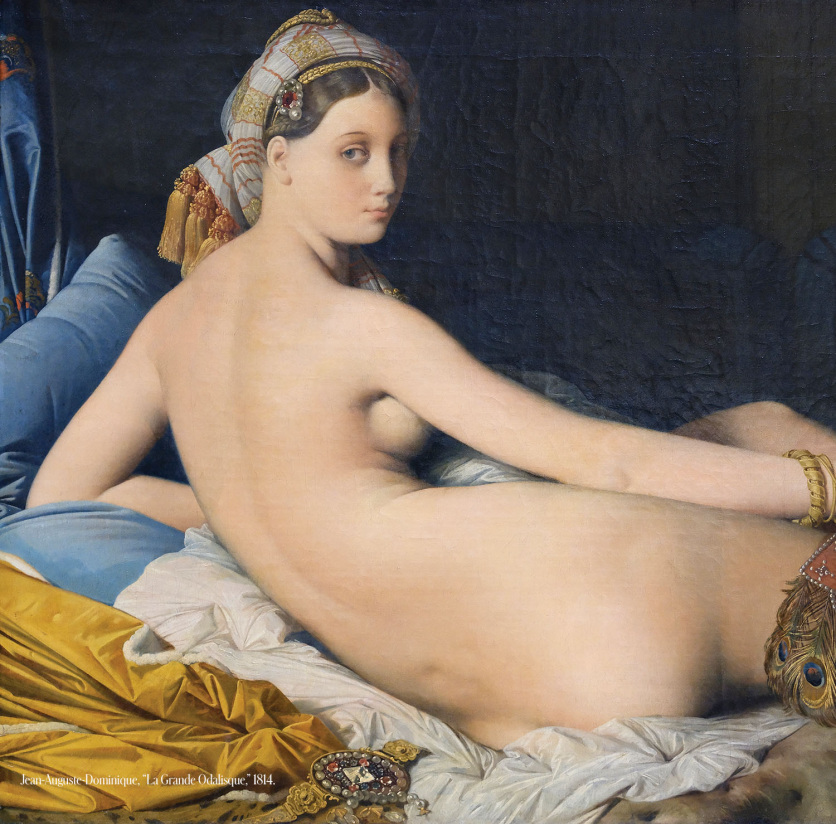
Collectors who intensely specialize are rewarded in many ways—in-depth knowledge of fields and artists, special access to works— but being expansive in your tastes has advantages, too. For proof, just visit with Ziel and Helene Feldman, the real estate developers who have filled their Upper East Side and Hamptons homes with a wide array of works, from monumental sculpture to colorful paintings and beguilingly textured ceramics.
In their Manhattan triplex, some of the maker names are famous indeed, like sculpture legend John Chamberlain and painter George Condo, while others are up-and-comers. The Feldmans have Dogon ceremonial masks among their African art treasures, as well Maurizio Cattelan’s tiny taxidermied bunny with strange eyes, whose name is Richard (1996).
Works with a strong intellectual underpinning dominate. The Feldmans don’t work with an art advisor and they have just a few rules. “There’s nothing purely decorative,” says Ziel of the roughly 100-piece collection, spread among their homes and offices. He points to a pair of figures by Sanford Biggers, BAM (Seated Warrior) (2017), that address police brutality using the language of African sculpture.
If there’s a theme, it’s a fine-edged balance between big-picture boldness and meticulous craft. The Feldmans—who put their initials into the company they founded, HFZ Capital Group—are definitely a partnership when it comes to art. “There’s an attention to detail that’s part of our DNA,” says Helene. “I present ideas, and Ziel has a great eye, so he pushes me to make it cooler, make it better. So we really collaborate.”
Even if you don’t snare an invitation to their homes, you can already see the scope of their vision if you’re walking, biking or running down the West Side of Manhattan. The Feldmans commissioned award-winning architect Bjarke Ingels to design their two-tower, mixed-use development in West Chelsea, known as The XI. The towers appear to be listing dramatically or dancing with each other—or both—already making them the talk of the town, even though the project isn’t scheduled to be completed until next year (“God willing,” says Ziel.)
Already open is what the Feldmans call The XI Visionaries Gallery, on Little West 12th Street, a sales gallery for the project that has already opened and features Es Devlin’s Series XI (2018), which consists of Egg, as well as two other-site specific installations in response to Ingels’ architecture and philosophy for The XI. Egg is a model of the neighborhood washed over by a simulation of changing daylight, with a mirror above to double the effect on the tiny streets and buildings. “You see that the city is made up of communities, and nothing happens in a vacuum, including this project,” says Helene.

New York is in their blood: Ziel is from Queens; Helene, who used to work as a sex crime prosecutor, from Brooklyn. “We got married in 1987,” recalls Ziel. “During our honeymoon in the south of France, we bought our first piece: a painting of a red horse by some unknown French artist.” Helene adds, “We loved buying things, and at the time, young emerging artists were what we could afford. And we still have those pieces.”
In the last few years, their collecting has ramped up. For their Hamptons estate, they commissioned Ugo Rondinone to build an outdoor sculpture, which turned out to be a monumental stack of bluestone boulders which takes a human form; inside is a dazzling figure by Thomas Houseago. “In the Hamptons, I think part of the challenge was that our house is made of glass and surrounded by nature, and we didn’t want to compete with that,” says Helene. “So every piece was selected so that it fits in and it actually enhances. We have a rule: If it doesn’t enhance, it’s not coming in the door.”
They have a sense of humor, too: Tracey Emin’s painting There Is No Warmth (2016) hangs in their bedroom in the city. (The building, called The Marquand, is an HFZ project, naturally.) Intense patterns and rough textures reappear in the works in both homes, as in the strikingly layered ceramic pieces by Adam Silverman that enliven their city kitchen. There’s a sense that the Feldmans may wish they were the ones deciding on every angle, slash and bump of the very tactile works.
“We’re frustrated artists,” says Ziel, though Helene is slightly less frustrated. “I’ve been taking a welding class,” she says, jokingly noting the bonus factor of Flashdance sex appeal. But she adds, “I want to learn to weld, because there’s something so strong and healthy about steel.”
Having just visited Anselm Kiefer’s 200-acre industrial art utopia in southern France, as well as the castle in Germany where Georg Baselitz lived and worked for years that now hosts the Hall Art Foundation, the Feldmans have a reverence for artists who have devoted their whole lives to their crafts. They’re happy to have collecting as their main arts activity— that, and producing new architecture. HFZ has been part of more than $10 billion in real estate deals over its 25-year history, with The XI as the most ambitious project yet.
When Helene suggests that maybe Ziel would take up watercoloring, he shrugs it off. “I have terrible handwriting,” he says. “That’s why I’m building buildings.”





